Three centuries of history
The beginnings of the Élysée Palace
At the start of the 18th century, Paris was thriving, and many private mansions were built in the faubourgs. Architect Armand-Claude Molet, future architect of Louis XV, was mandated by the Count of Évreux to build him a country retreat. The construction work on what would later become the Elysée Palace began in 1718 and was completed in 1722.
In 1753, the Marquise de Pompadour, who was the favourite of King Louis XV, acquired the private mansion. She lived there for a brief time only, spending most of her time in Versailles, and left the palace to the king on her death in 1764. The king then made the house the temporary headquarters of the Garde-meuble de la Couronne (the Crown’s furniture keeper).
After a number of incidents, the mansion was purchased in 1787 by the king's cousin, the Duchess of Bourbon. Its current name comes from “Hôtel de Bourbon” and “Élysée-Bourbon”, which were its names at the time.
The building emerged intact from the turmoil of the 1789 Revolution, and had various uses, as a personal residence, seat of the Commission de l’Envoi des Lois and the Imprimerie du bulletin des lois (where French laws were publicized and printed), and even as the national depot for furniture seized from emigrants or convicted people.
From the Élysée-Murat to the Élysée-Napoléon
At the turn of the 19th century, the palace became the property of Prince Joachim Murat, husband of Caroline and brother-in-law of Napoleon I.
In 1808, Prince Murat was named King of Naples, and left all of his properties in France to Napoleon I, including the palace, which from then on was known as the “Élysée-Napoléon”.
The Emperor decided to move into the palace in February 1809, and resided there for two months, until his departure for the Austrian campaign on 13 April. He returned in 1812 and stayed until 22 June 1815, when he signed his abdication in the “silver boudoir”.
After that, the Élysée became the abode of foreign princes and aristocrats on their trips to Paris.
From Louis XVIII to Napoleon III
In 1816, the palace once again became the property of the Crown. King Louis XVIII allocated it to his nephew, the Duke of Berry, on the occasion of his marriage to Marie-Caroline de Bourbon-Siciles.
Four years later, the new king Louis-Philippe took possession of it and made it the residence of France's foreign guests on visits to Paris, until 1848.
After the 1848 Revolution and the founding of the Second Republic, the Élysée Palace became the residence of the newly elected President of the Republic: Louis Napoleon Bonaparte, nephew of Emperor Napoleon I. He oversaw a full renovation of the palace, which led to the layout as we know it today.
In 1852, Louis Napoleon Bonaparte brought the young republic to an end with a coup d’état, and became emperor under the title Napoleon III. He decided to move into the Tuileries Palace, leaving the “Élysée National” while continuing with the renovation work.
The palace of the Presidents of the Republic
After a period of political upheaval, the establishment of the Third Republic made the Élysée Palace the official residence of the Head of State. The first to move in was President Patrice de Mac Mahon, in 1874.
From 1940 to 1946, the palace was abandoned by the Head of State, and wasn't used for presidential functions until President Vincent Auriol's term, from 1947 to 1954.
It became the centre of power under the Fifth Republic, when General de Gaulle took office in 1958, thereby making the presidential institution the key arbiter in French political life.
The other presidential residences

The main rooms of the Elysée Palace
- Vestibule d’Honneur (The Grand Entrance Hall)
- Salon des Tapisseries (Tapestries Room)
- Salon Murat (Murat Room).
- Salon Napoleon III (Napoleon III Room)
- Jardin d’Hiver (Winter Garden)
- Salle des Fêtes (Ballroom)
- Salon Doré (Golden Room)
- Salon Cléopâtre (Cleopatra Room)
- Salon des Fougères (Fern Room)
- Salon Paulin (Paulin Room)
- Boudoir d'argent (Silver Boudoir)
- Portrait Room
- Salon Pompadour (Pompadour room)
- Salon des Ambassadeurs (Ambassadors Room)
- Salon des Aides-de-Camp (Aides-de-Camp Room)
- The Gardens
Visit of the Elysée Palace

The Elysée Palace in images
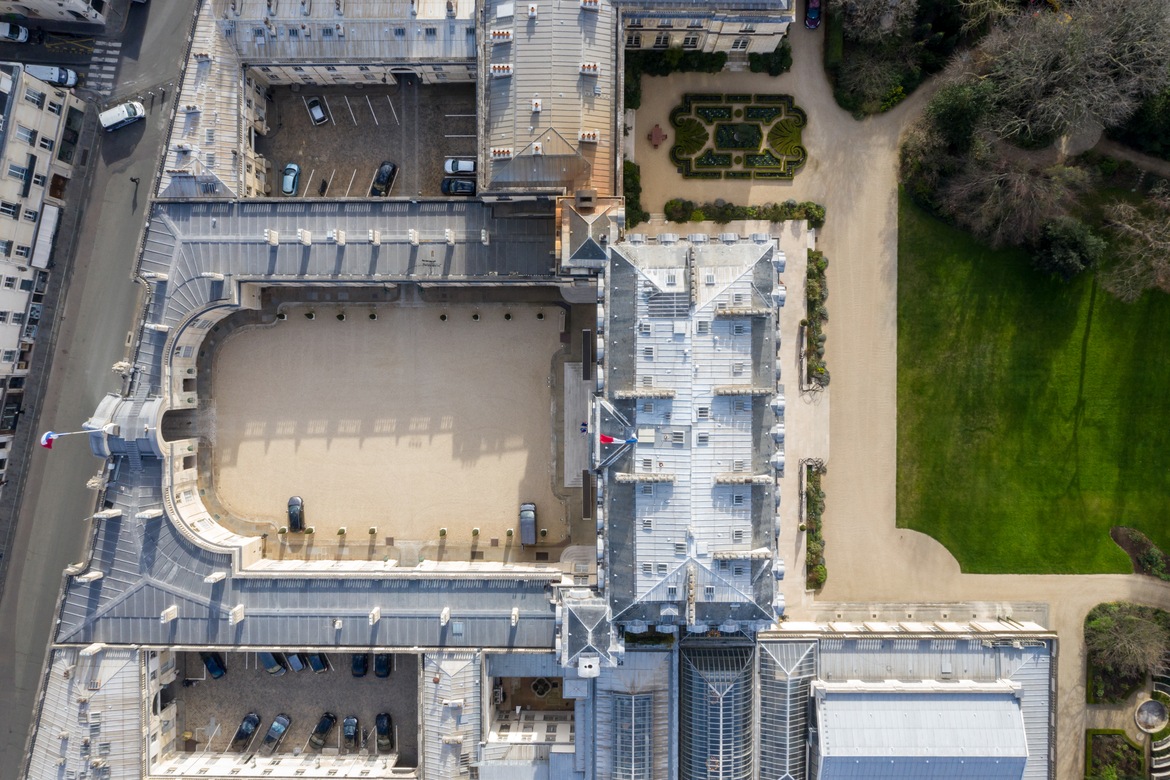
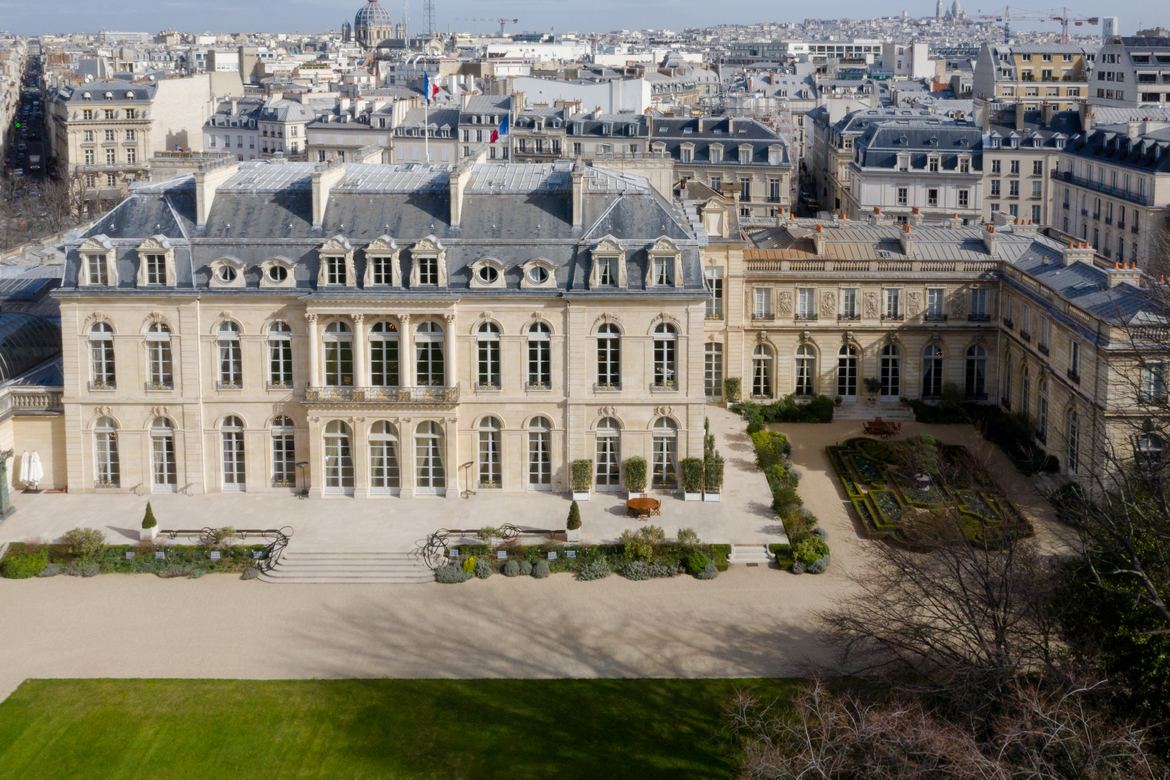
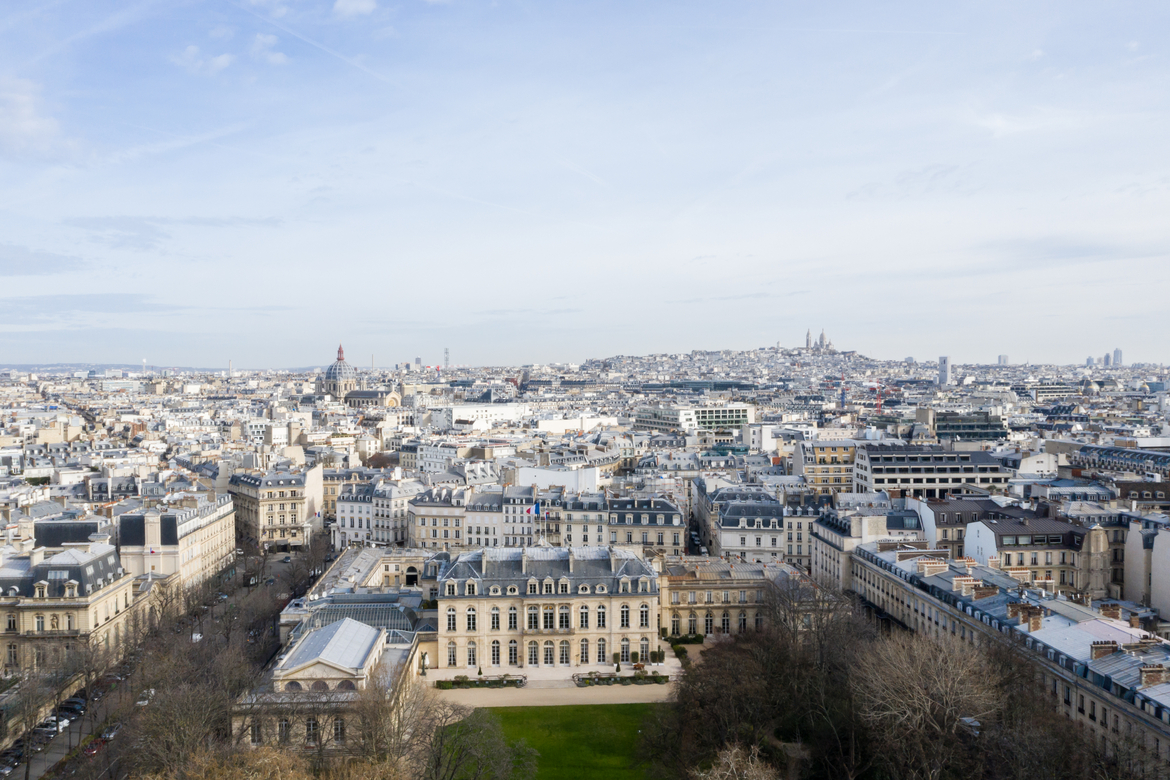
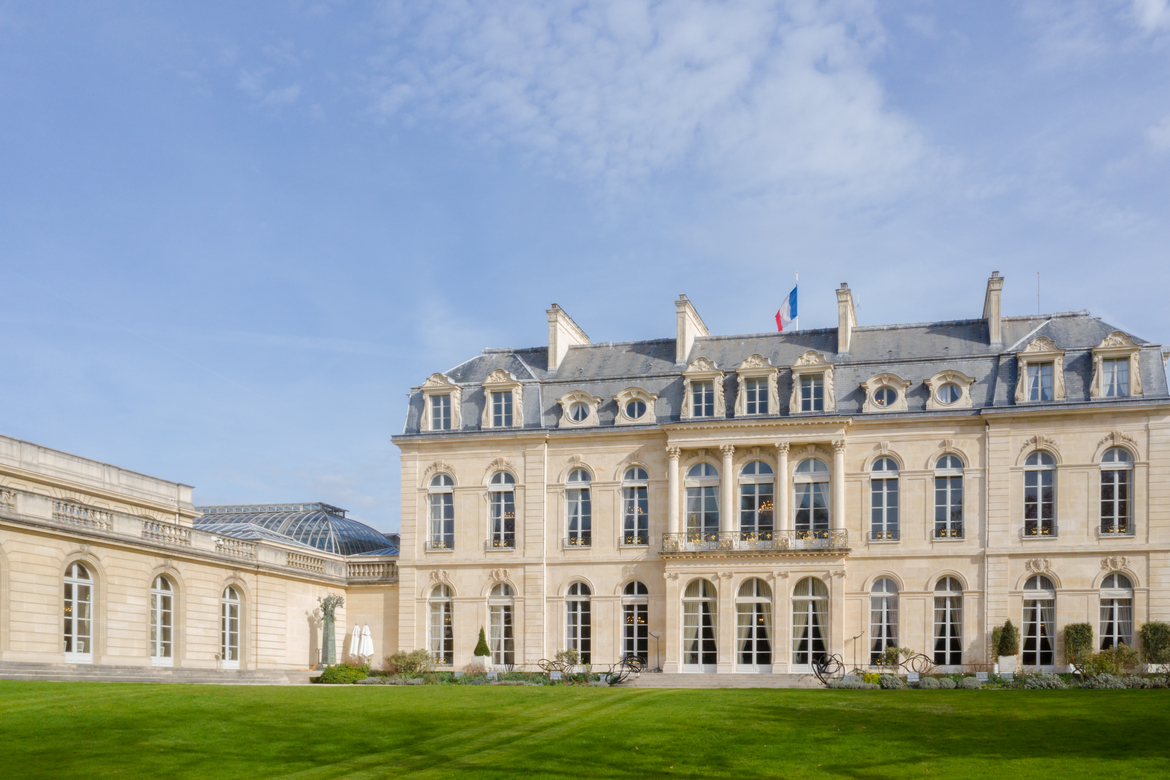
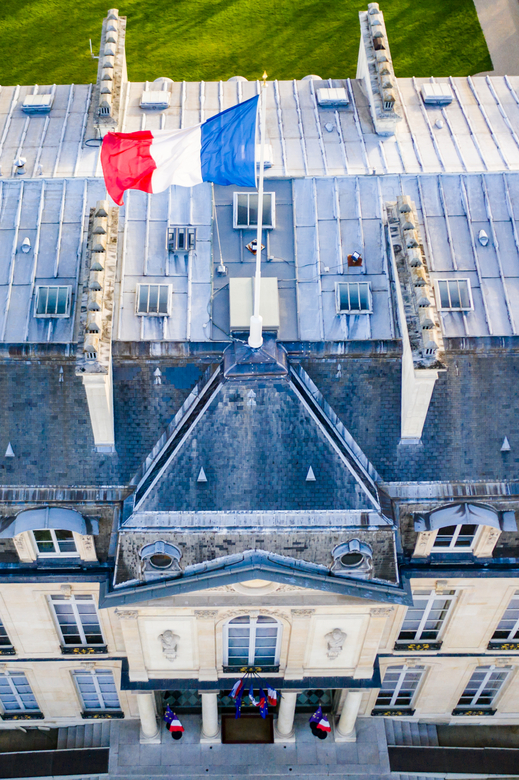
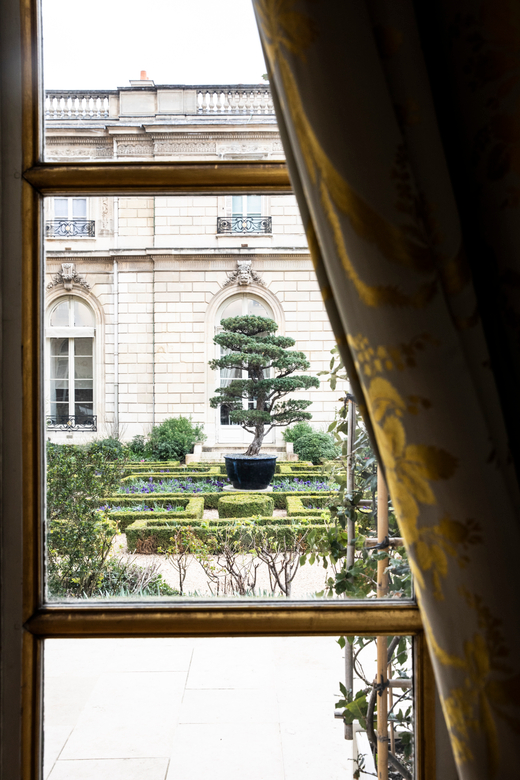
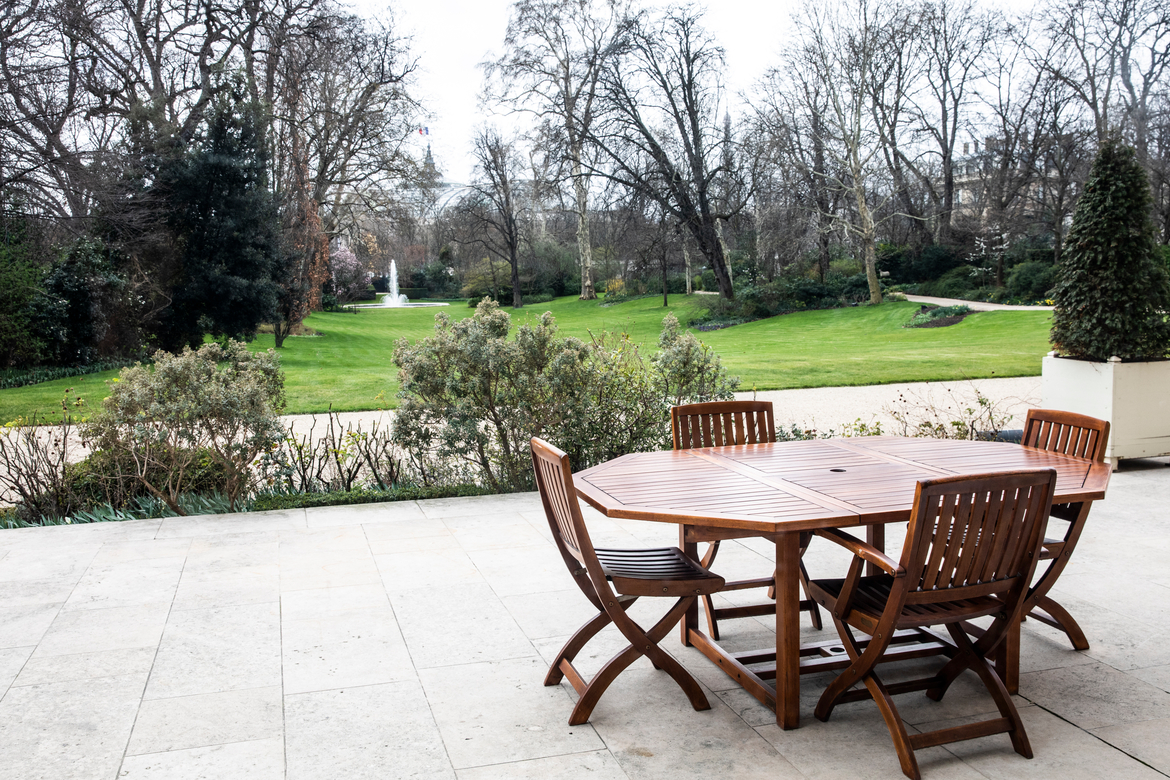
Updated : 20 January 2023